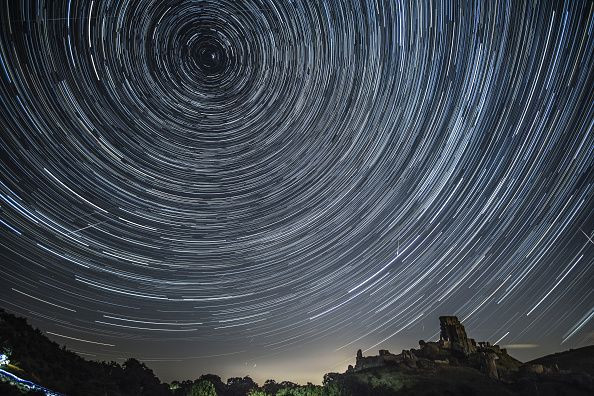September 2021 Sky Events To Look Forward To, From Neptune At Opposition To Equinox
KEY POINTS
- Skywatchers can start their viewing on Sept. 7
- The new moon won't be visible in the sky that night
- They may spot objects like star clusters and galaxies
Avid skywatchers have quite a few things to look forward to in September, including viewing Neptune and the changing of seasons.
After August's stunning show with the annual Perseid meteor shower, September also brings cosmic treats of its own. Skywatchers can start their viewing on Sept. 7 as the new moon will not be visible in the sky. Since its light won't get in the way of viewing, they will have a good chance to spot fainter objects such as star clusters and galaxies.
Best Time to View Blue Giant
Neptune, the blue giant, will be in opposition on Sept. 14, which means the planet will be on the "opposite side of the Earth from the sun." It will be at its closest to the Earth and will also be fully illuminated by the sun.
Neptune is the most distant planet that orbits the sun, Smithsonian Magazine noted. It is also the only planet that's not easily identified with the naked eye alone. Typically, seeing it without the use of a powerful telescope is "rare," but it will appear at its brightest from the evening of Sept. 13 to the morning of Sept. 14, making it the best time to see and photograph Neptune.
That said, skywatchers will still need optical aid to see the planet because it's never really "truly bright," EarthSky said. Those who would like to catch a glimpse of it will need a telescope or binoculars and a detailed sky chart or perhaps a stargazing app.
Full Harvest Moon
The next full moon will reach peak illumination at 7:55 p.m. ET on Sept. 20. This is known as the Full Harvest Moon because the abundance of bright moonlight in the early evening provided help to farmers harvesting the crops they grew in the summer, the Old Farmer's Almanac explained.
On the evening of the full moon, the brightest planet will be Venus, which will appear as the evening star, according to NASA. Another bright planet will be Jupiter while Saturn will be the faintest among the planets to be visible in the sky.
September Equinox
The September equinox will take place on Sept. 22, just days after the full moon. On this day, days and nights are approximately equal in length.
For the Northern Hemisphere, this event marks the first day of fall or the autumnal equinox. This means the sun will then rise later and the nightfall will come sooner. But for the Southern Hemisphere, the equinox marks the first day of spring.

© Copyright IBTimes 2024. All rights reserved.





















